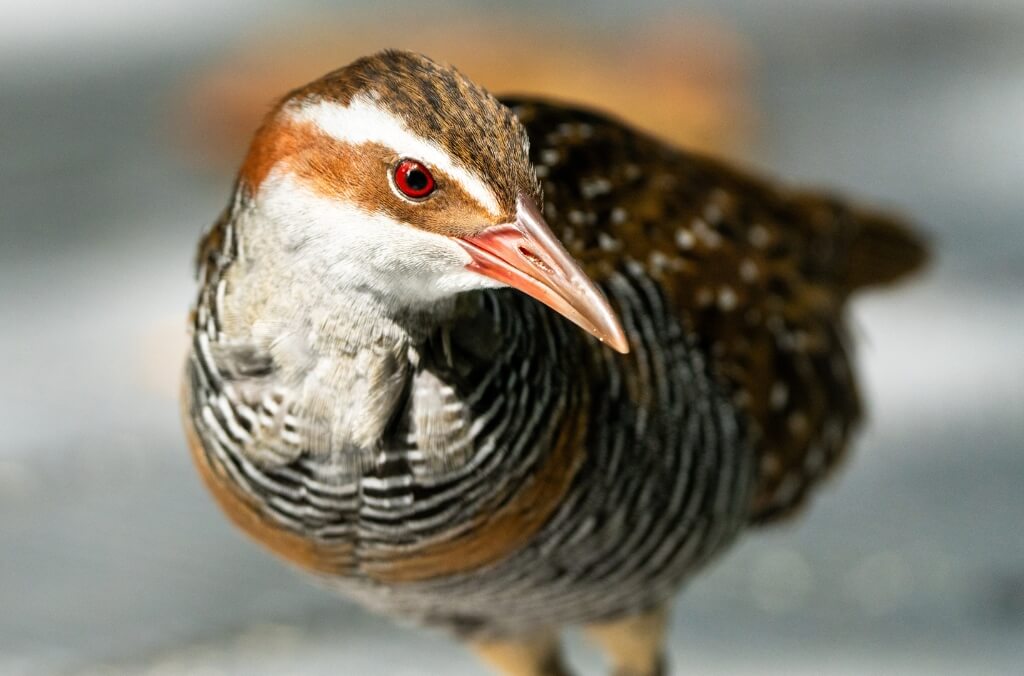Spring wildflowers
As we crawl out from our blanket cocoons that shielded us against the winter chill, you’ll notice that the days are a little longer and the weather is a little warmer, which can only mean one thing: spring has arrived!
This seasonal shift signals a change in nature as well, with plants and animals producing new life. One of the more obvious and visually spectacular displays of spring’s arrival is the blooming wildflowers across the Parklands.
Flowers attract pollinators—like bees, birds, and possums—that transfer pollen between individuals, enabling fertilisation and the production of seeds and fruit. For humans, wildflowers provide a beautiful spring display to admire and photograph. However, trying to touch or pick flowers can affect a plant’s ability to reproduce and may disturb feeding pollinators.
Here is a selection of wildflowers found across the Parklands:
Yellow flowers
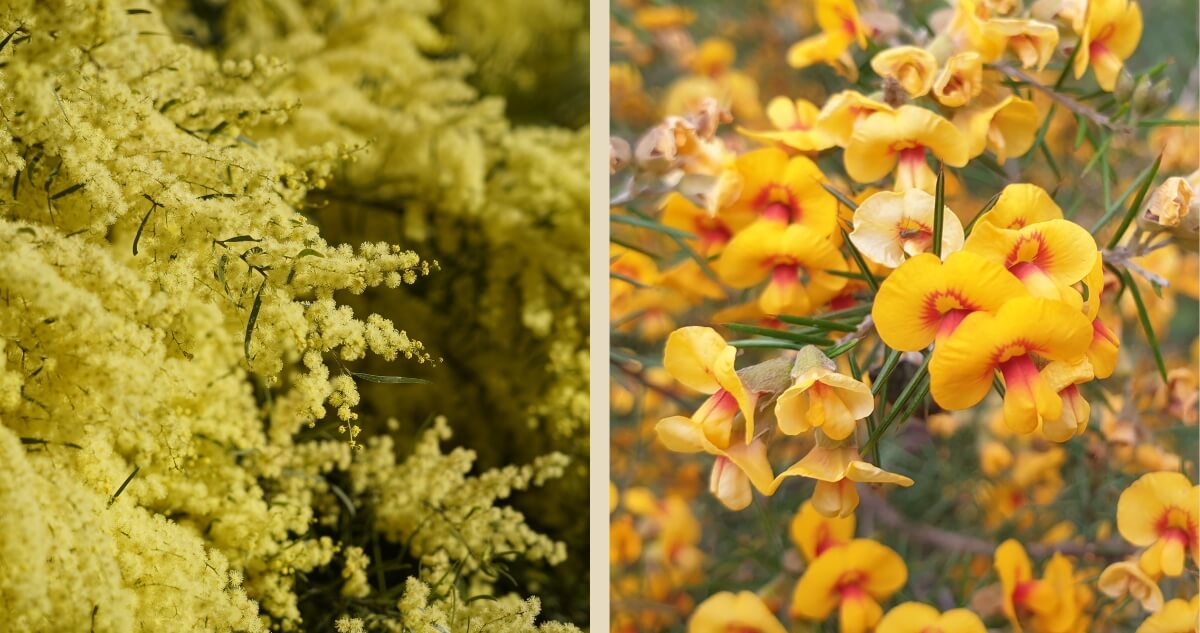
White flowers
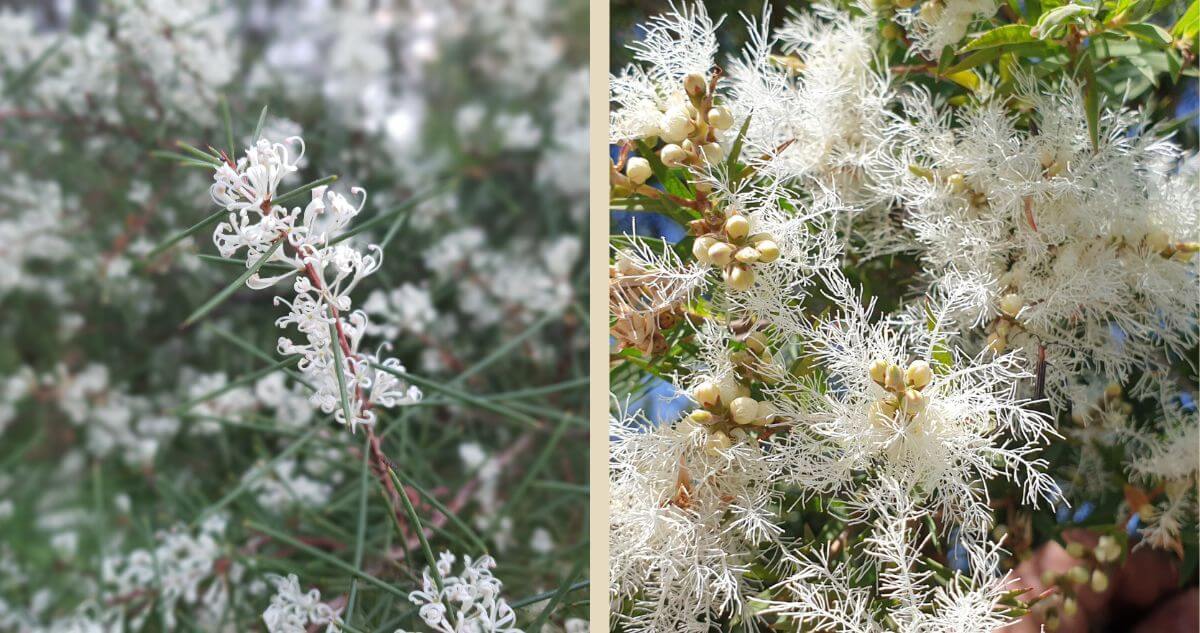
Pink and purple flowers

Red flowers
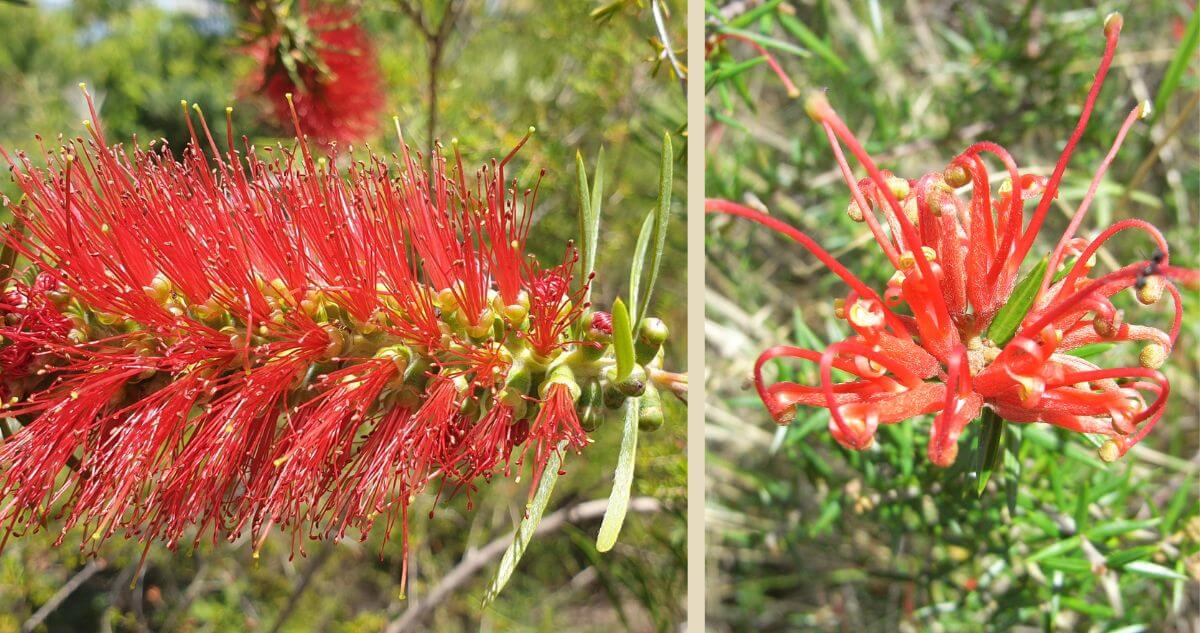
You might also be interested in...
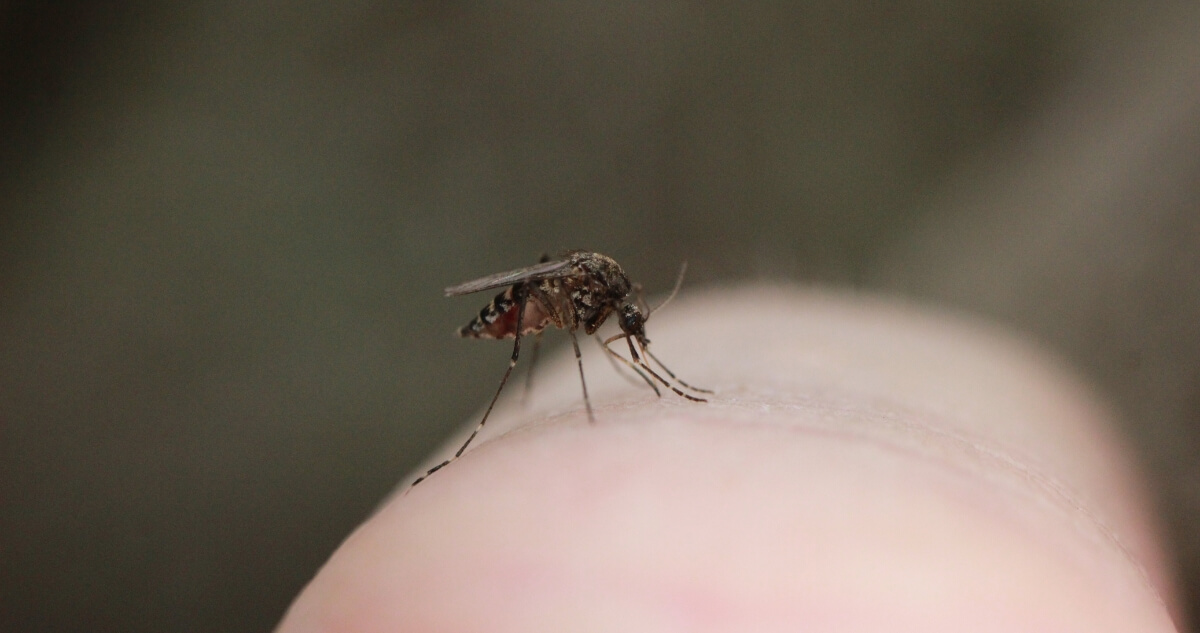

Sydney Olympic Park has been in busy preparing a gift for Park users that’s not wrapped in ribbon, but in science!
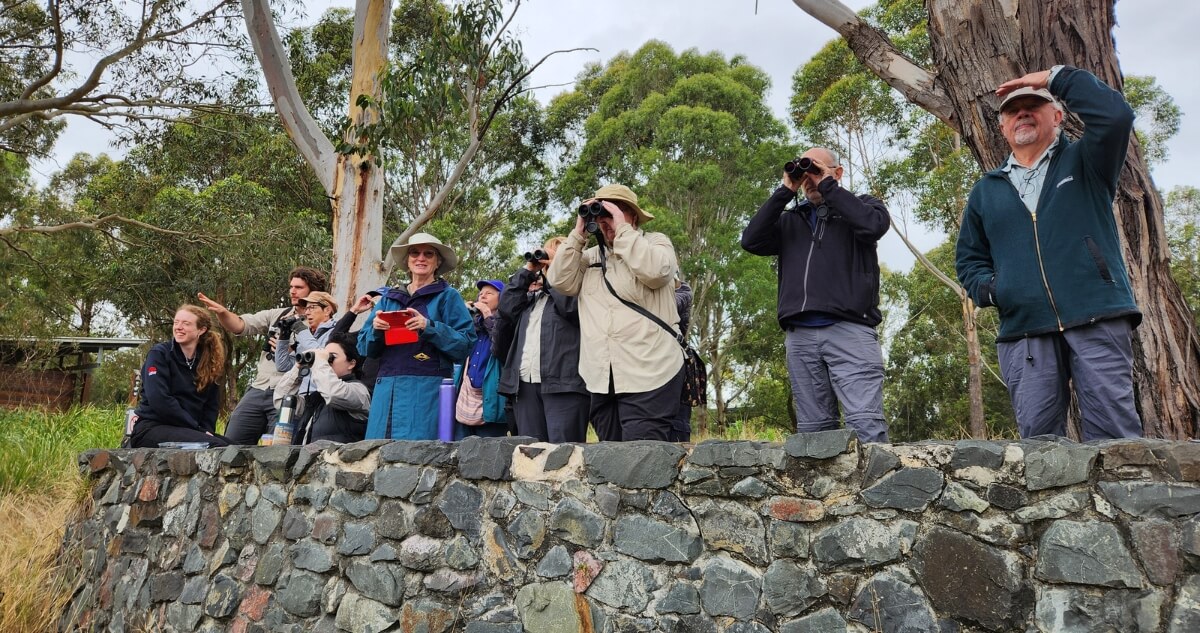

We’ve recently completed the 22nd annual Spring Bird Census 2025 at Sydney Olympic Park.
